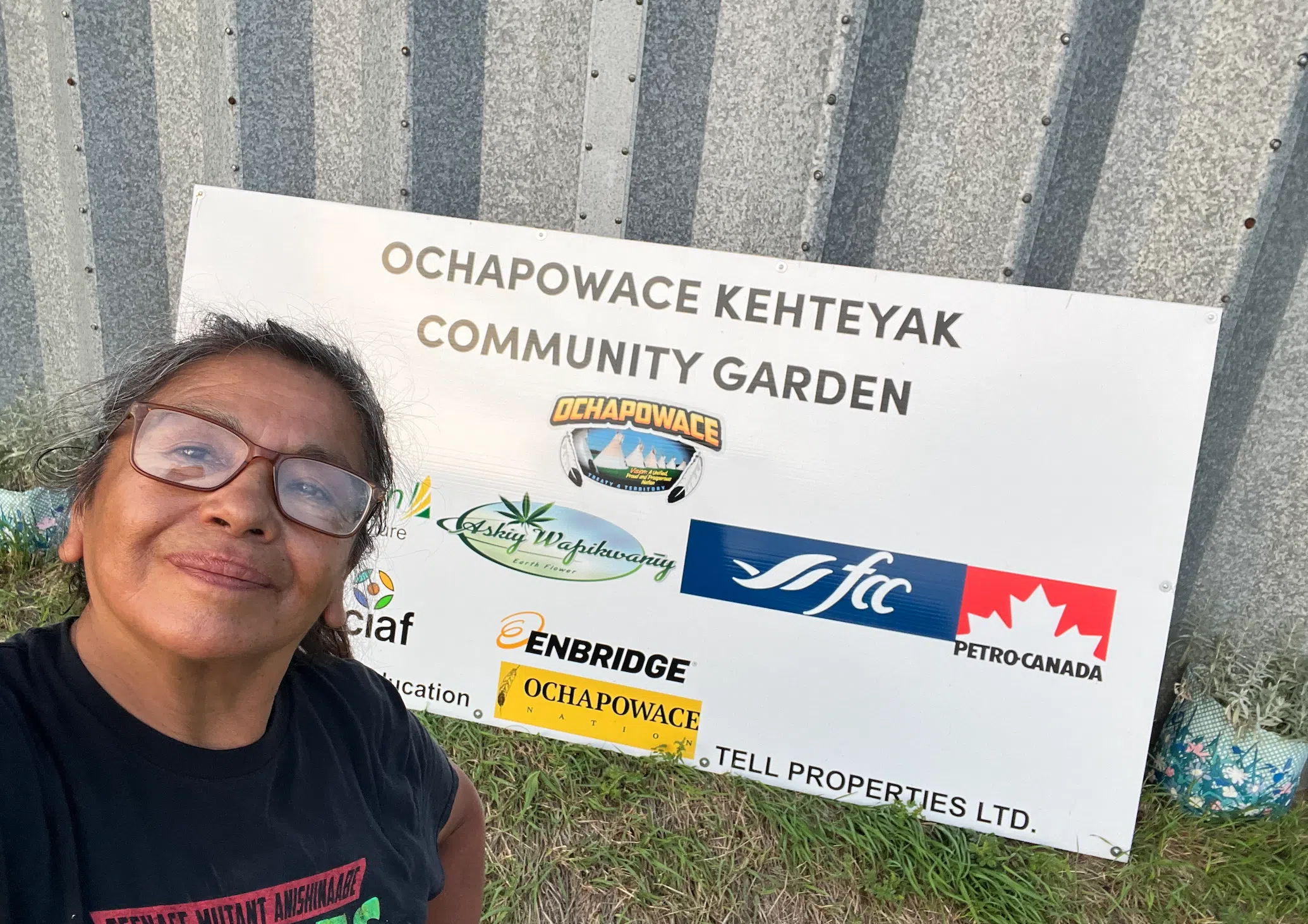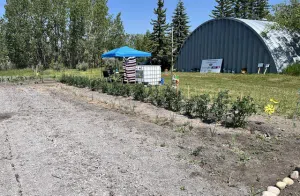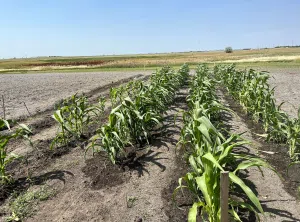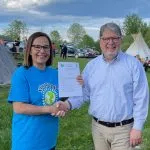
First Nation plants the seeds for a nutritious future with its new project
Shortly after people gathered at the site of the Ochapowace urban community garden, something special happened.
“I think this land is blessed,” said Valerie Kinistino, Treaty 4 artist and community garden organizer from Ochapowace First Nation.
As everyone was gathered at the garden space a lightening bolt appeared to strike the earth.
“I believe it was a sign, because no one was hurt from the lightning. It was so powerful,” she said. “This earth was charged.”



